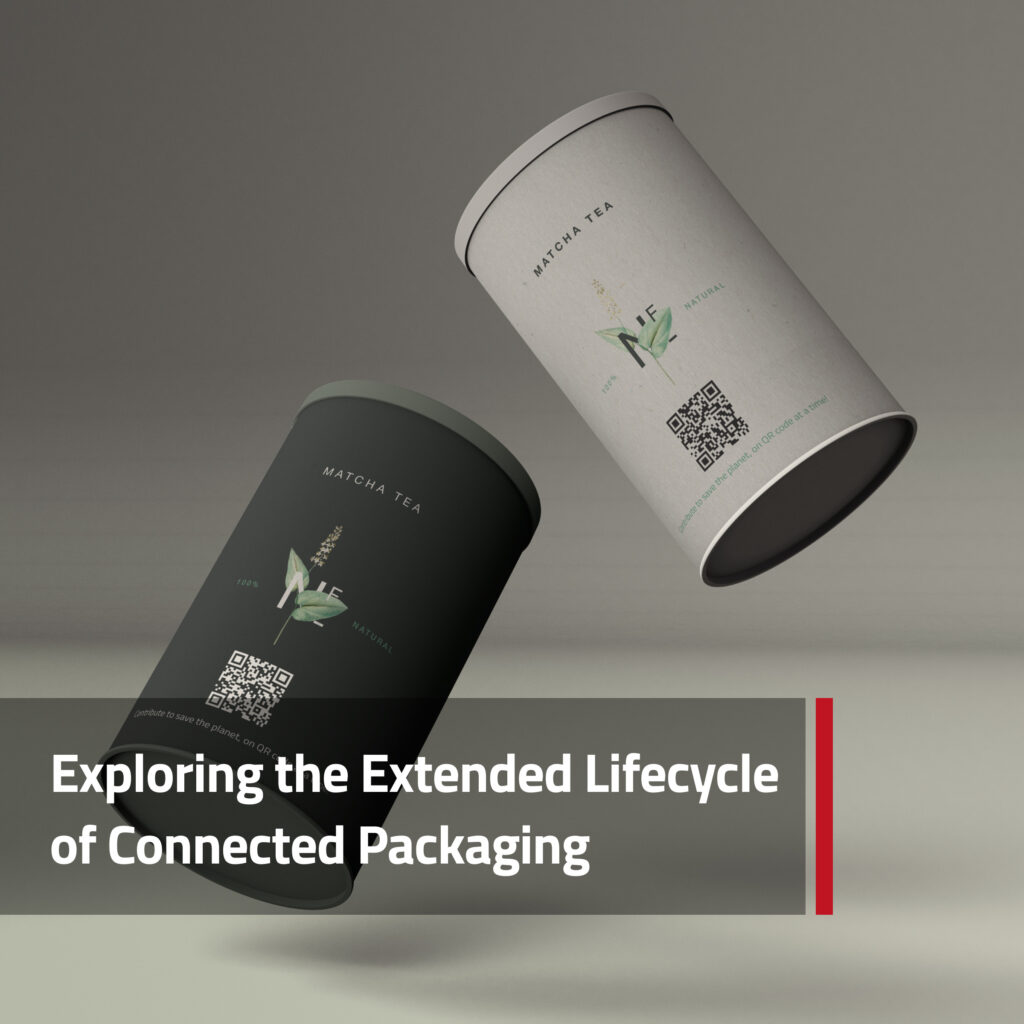
Connected packaging has revolutionized the way brands engage with consumers, offering immersive experiences and valuable insights throughout the product lifecycle. However, its impact goes beyond the initial interaction, extending into various stages of the product’s journey. In this article, we’ll delve into the extended lifecycle of connected packaging, uncovering its significance beyond the consumer and highlighting its role in shaping the future of packaging innovation.
The Role of Smart Packaging in Extended Lifecycle Management
Smart packaging solutions play a pivotal role in managing the extended lifecycle of connected packaging. By embedding technologies such as augmented reality (AR) and QR codes into packaging designs, brands can create digital touchpoints that provide value beyond the point of sale. From product authentication and inventory tracking to post-purchase support and recycling guidance, smart packaging enables brands to engage with consumers at every stage of the product lifecycle.
Leveraging Connected Packaging for Sustainable Practices
One of the key benefits of connected packaging is its ability to promote sustainability throughout the product life cycle. By providing consumers with information on recycling options, eco-friendly disposal methods, and product reuse opportunities, connected packaging encourages responsible consumption and waste reduction. Additionally, smart packaging solutions enable brands to track and analyze environmental impact metrics, facilitating continuous improvement in sustainability practices.
Enhancing Supply Chain Visibility and Efficiency
Connected packaging solutions offer unparalleled visibility into the supply chain, enabling brands to track products from production to distribution to end-of-life. By leveraging intelligent packaging technologies, such as RFID tags and sensors, brands can monitor inventory levels, optimize logistics routes, and ensure product integrity throughout the supply chain. This level of visibility enhances efficiency, reduces waste, and improves overall supply chain performance.
Empowering Post-Purchase Engagement with Gamification Marketing
Post-purchase engagement is a crucial aspect of the extended lifecycle of connected packaging. Gamification marketing techniques, such as playable ads and interactive experiences, enable brands to keep consumers engaged long after the initial purchase. By rewarding participation and encouraging social sharing, gamification marketing fosters brand loyalty and advocacy, driving repeat purchases and word-of-mouth referrals.
Collaborating with Connected Package Professionals for Success
Navigating the complexities of the extended lifecycle of connected packaging requires expertise and collaboration. Connected packaging professionals specialize in designing, implementing, and optimizing connected packaging solutions that deliver tangible results throughout the product life cycle. By partnering with these professionals, brands can ensure that their connected packaging initiatives are strategically aligned with business objectives and consumer needs.
Maximizing the Potential of Connected Packaging
In conclusion, the extended lifecycle of connected packaging offers numerous opportunities for brands to enhance consumer engagement, promote sustainability, and optimize supply chain efficiency. By leveraging smart packaging solutions, embracing sustainable practices, and prioritizing post-purchase engagement, brands can maximize the potential of connected packaging to drive business growth and foster long-term relationships with consumers. As technology continues to evolve, the role of connected packaging in shaping the future of packaging innovation will only continue to grow.
